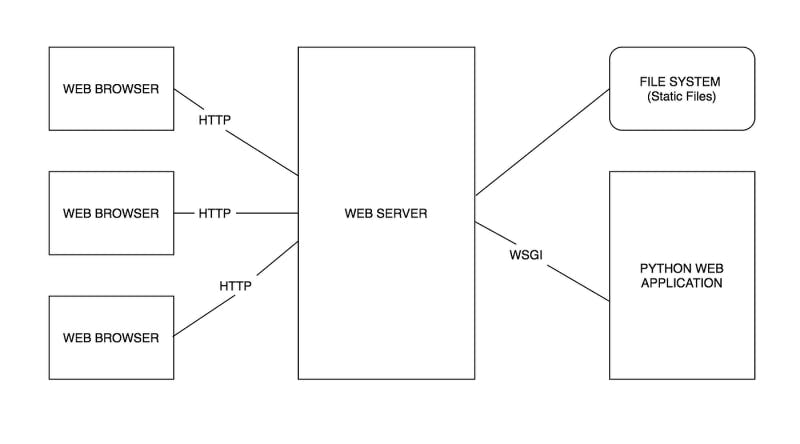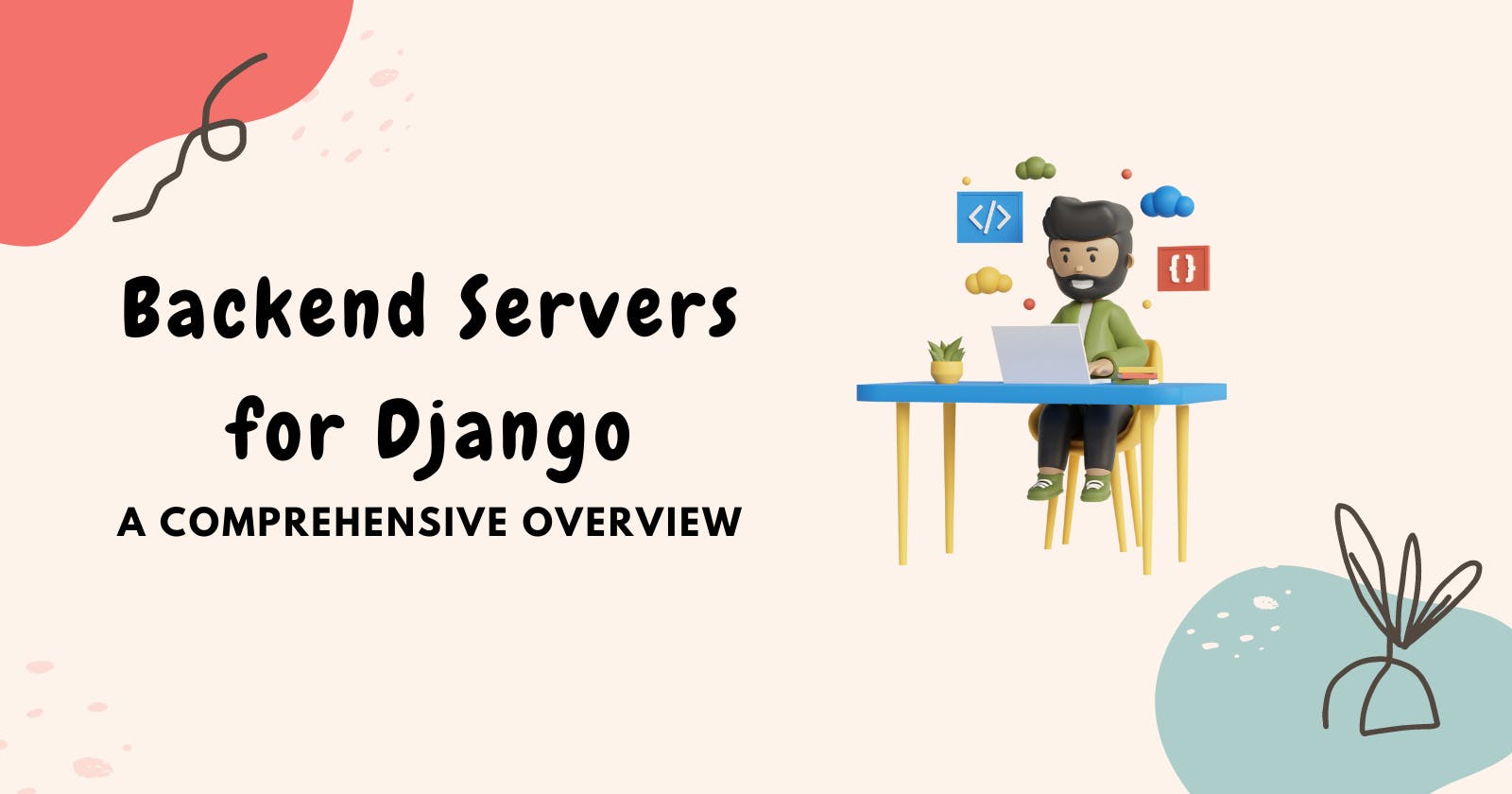Discover the Ultimate Guide to Mastering Backend Servers for Your Django Apps!
Backend Servers for Django: A Comprehensive Overview
Introduction
Django, a powerful and versatile Python web framework, has gained popularity for its ability to streamline development and create robust web applications. One crucial aspect of developing Django applications is choosing the right backend server to handle requests and deliver an optimal user experience. This comprehensive guide will delve into various backend server options for Django applications, compare their features, and help you decide which best suits your needs.
I. Backend Servers Overview
A backend server is an intermediary between your Django application and the clients, processing incoming requests and serving responses. Several backend server options are available, each with unique strengths and weaknesses. We'll focus on three widely-used options:
II. Gunicorn
Gunicorn, or Green Unicorn, is a Python Web Server Gateway Interface (WSGI) HTTP server [1]. It is a popular choice for deploying Django applications due to its simplicity, ease of use, and compatibility with various web frameworks.
Pros:
Simple and easy to set up, perfect for beginners [1].
Compatible with many web frameworks, including Django.
Efficient worker process management.
Support for multiple worker configurations.
Cons:
Limited support for concurrency and event-driven programming [1].
Not suitable for long-running processes or WebSocket support.
It may require a reverse proxy like Nginx for optimal performance in production.
Gunicorn official documentation
III. uWSGI
uWSGI is a feature-rich, versatile server that supports WSGI, PSGI, and other application interfaces [2]. It is known for its robustness, flexibility, and scalability, making it an excellent choice for Django applications of all sizes.

Pros:
Versatile and scalable [2].
The rich feature set, including advanced process management and caching.
Supports multiple languages and application interfaces.
Provides a built-in HTTP router and reverse proxy.
Cons:
More complex configuration compared to Gunicorn.
Requires additional effort to optimize performance for specific use cases.
IV. Daphne
Daphne is an HTTP, HTTP2, & WebSocket protocol server initially developed for the Django Channels project. It offers seamless WebSocket support, making it an ideal choice for Django applications that require real-time functionality.
Pros:
Designed specifically for Django and Django Channels.
Supports HTTP, HTTP2, and WebSocket protocols [3].
Can handle long-running processes and connections.
Scales well with the Django Channels ecosystem.
Cons:
Less versatile compared to Gunicorn and uWSGI.
Limited features compared to other backend servers.
Lacks widespread adoption outside the Django Channels community.
V. Comparison and Recommendations
When choosing a backend server for your Django application, consider the following factors:
Ease of use: Gunicorn offers the simplest setup, while uWSGI and Daphne require more complex configurations.
Performance: All three servers provide solid performance, but uWSGI and Daphne may require more optimization.
WebSocket support: Daphne is the go-to choice if your application requires real-time functionality.
Versatility and scalability: uWSGI offers the most versatility and scalability, while Gunicorn and Daphne have limitations in specific use cases.
Based on your application requirements, here are some recommendations:
For beginners and simple Django applications, Gunicorn is a great choice due to its ease of use and compatibility with various web frameworks.
For more complex and scalable applications, uWSGI offers the most flexibility and features, making it an ideal choice for large-scale projects or applications with specific needs.
If your Django application requires real-time functionality with WebSocket support, Daphne is the best option, as it is designed specifically for Django Channels and offers seamless WebSocket integration.
VI. Deploying Your Django Application
Once you've chosen the appropriate backend server, you must deploy your Django application. Deployment typically involves the following steps:
Configure the backend server based on your chosen option (Gunicorn, uWSGI, or Daphne).
Set up a reverse proxy, such as Nginx or Apache, to manage incoming requests and distribute them to the backend server.
Ensure your Django settings are optimized for production, including settings for allowed hosts, static files, and database connections.
Test your application thoroughly in the production environment to identify and fix performance issues or bottlenecks.
Conclusion
Choosing the right backend server for your Django application ensures its success. By understanding the strengths and weaknesses of Gunicorn, uWSGI, and Daphne, you can make an informed decision that best suits your application's needs. Whether you're developing a simple web app or a complex, real-time application, this guide should help you navigate the world of backend servers for Django and ultimately contribute to the success of your project.
